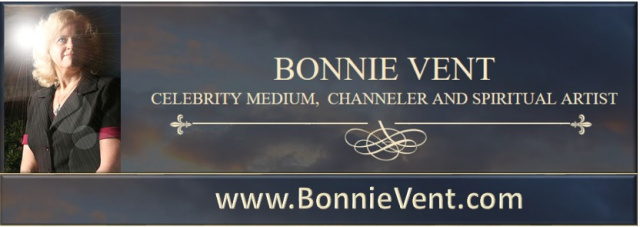
Modernist artist Jose Alvarez (Handout, BSO / September 15, 2011)
|
As a magician, escape artist, author, lecturer and self-proclaimed "charlatan," James "The Amazing" Randi has traveled the world exposing frauds and cheats who prey on people's beliefs in supernatural and psychic abilities.
There is new, confounding mystery surrounding Randi, and it has nothing to do with whether someone can bend a spoon with their mind, channel dead spirits as a medium or heal the afflicted with the laying on of hands.
Federal authorities say that the man often by his side for the past 20 years is one of the most common frauds there is: an identity thief.
The man who goes by the name Jose Luis Alvarez is an internationally known artist whose paintings have hung in the Norton Museum of Art in West Palm Beach, at Art Basel in Miami Beach and at shows in New York and in San Francisco.
Authorities say they still aren't sure who Alvarez really is. And it is unclear if Randi is cooperating with them — he told the Sun Sentinel that the attorneys he hired to defend Alvarez have advised caution.
"Our lawyers have said we are not to comment on our knowledge or lack of knowledge. I simply cannot say anything," Randi politely tells a reporter, while recognizing he is now in the midst of an unfolding enigma. "It is good press fodder, I would say."
Alvarez, who purportedly is 43, was charged with stealing a New York man's date of birth and Social Security number in 1987 to obtain a U.S. passport. A grand jury indicted Alvarez on Wednesday on a charge of passport fraud, a crime punishable by up to 10 years in prison, and aggravated identity theft, which automatically tacks two years in prison onto any other sentence.
More immediately pressing for Randi, and Alvarez's attorneys, is securing Alvarez' release from the Broward Main Jail. Prosecutors have said they will seek to have him held without bond. A courtroom showdown is set for next Wednesday, when a judge will consider arguments for and against bail.
For Alvarez to be released, he may have to reveal his true identity, which would be tantamount to an admission of guilt.
"He's in an interesting box," said Jeffrey Neiman, a former federal prosecutor who is now a defense attorney based in Fort Lauderdale. "I can't imagine a magistrate judge giving a bond without knowing who it is they are giving the bond to."
Miami defense attorney Susan Dmitrovsky, who represents Alvarez, said he is well-known around the world, and that he has strong ties to South Florida. There has been an outpouring of support from people who are writing letters to the judge on Alvarez's behalf, she said.
"They are very supportive of him, and they have known him for years. Everyone is pretty shocked the way this is going down. The art community is behind him," Dmitrovsky said.
Randi told the Sun Sentinel that Alvarez is not a threat and would not flee. "As far as I've ever seen, he's only done good things in his life. As a literally world-famous artist, he should be accepted by American society and should rightly be embraced," he said.
Dmitrovsky will have to convince the judge Alvarez won't flee if he is released on bail. That may be difficult without revealing Alvarez's identity, Neiman said.
"You could present overwhelming evidence as to his ties and that he's been in South Florida and is known and not going anywhere, but the judge is always going to be wondering, 'Who is this I have before me?'" he said.
Alvarez's alleged identity theft occurred before he first began performing to international audiences, beginning in early 1988 at the Sydney Opera House in Australia. Onstage he was "Carlos," channeling the spirit of an ancient seer in contact with other worlds.
It was an elaborate hoax devised by Randi and heavily promoted by Australian media. It was carried out as performance art, to show people how they can be easily deceived by false mystics and psychics. After the performance, "Carlos" revealed himself as a fake. The two men put on the "Carlos" performances for 15 years, and it helped shape the way Alvarez approaches his colorful, contemporary paintings, which often feature the layering of crystals.
These days, Randi still relies on the "Carlos" charade to promote his James Randi Educational Foundation, which was created in 1996 "to help people defend themselves from paranormal and pseudoscientific claims." A few years ago Randi — who is paid $195,000 a year by the foundation — filmed several videos he put on YouTube explaining the genesis of "Carlos." He has a standing offer to pay $1 million to anyone who can scientifically demonstrate they possess genuine supernatural powers.
Randi acknowledged that the arrest of Alvarez and the allegations of identity fraud have opened himself up to attack by his critics, which are legion. He said he is not overly concerned fresh attacks from paranormal practitioners will undermine his work — he has a lecture tour scheduled across Canada next week.
"I'm a magician by trade. I'm an entertainer. That gives me the ability to investigate these people who have supernatural claims," he said. "They are taking people's money, dishonestly and unfairly. They are taking their emotional security. These people have got to be stopped. I have been involved in that for many years."
pfranceschina@tribune.com or 954-459-2255


